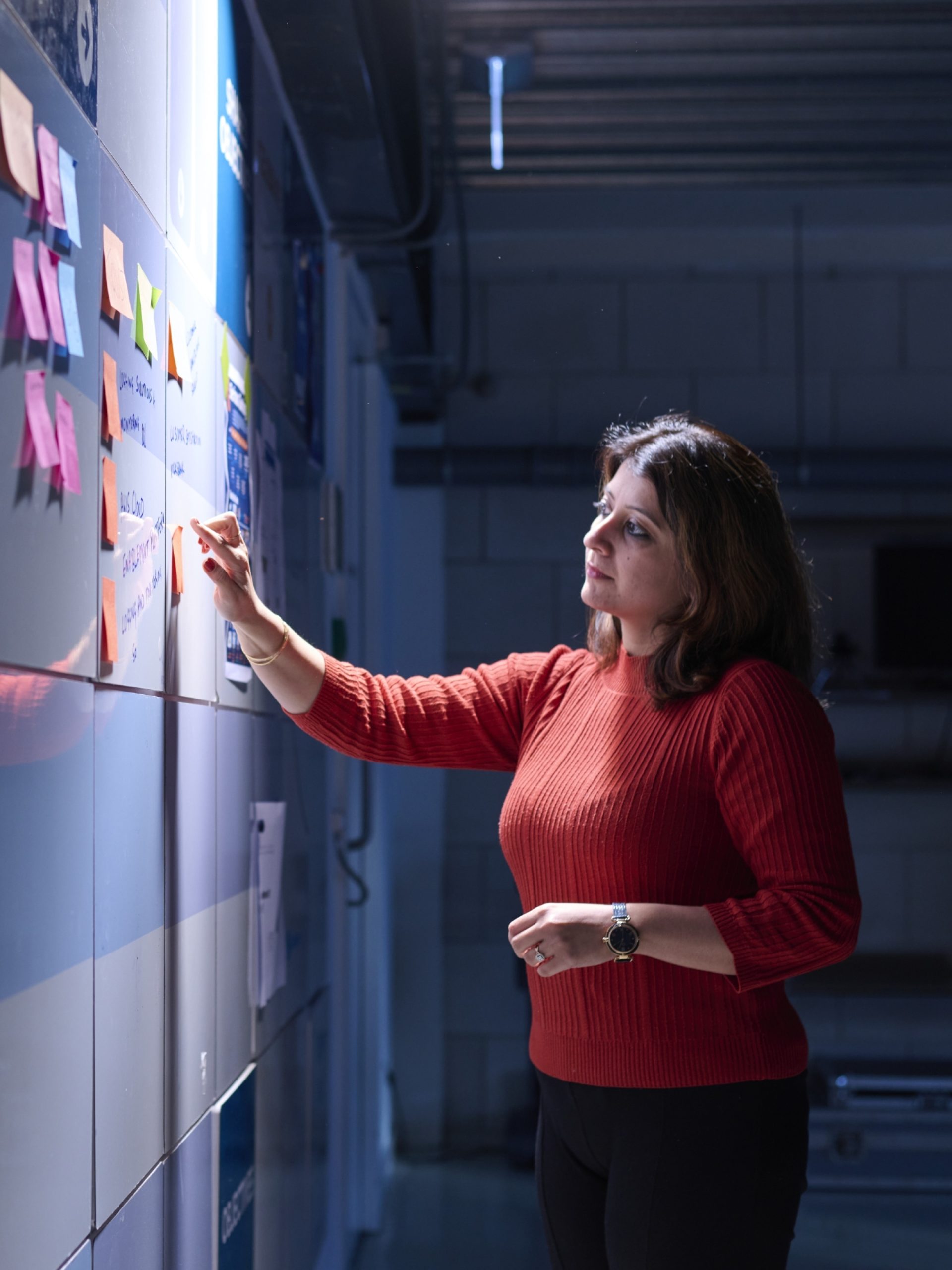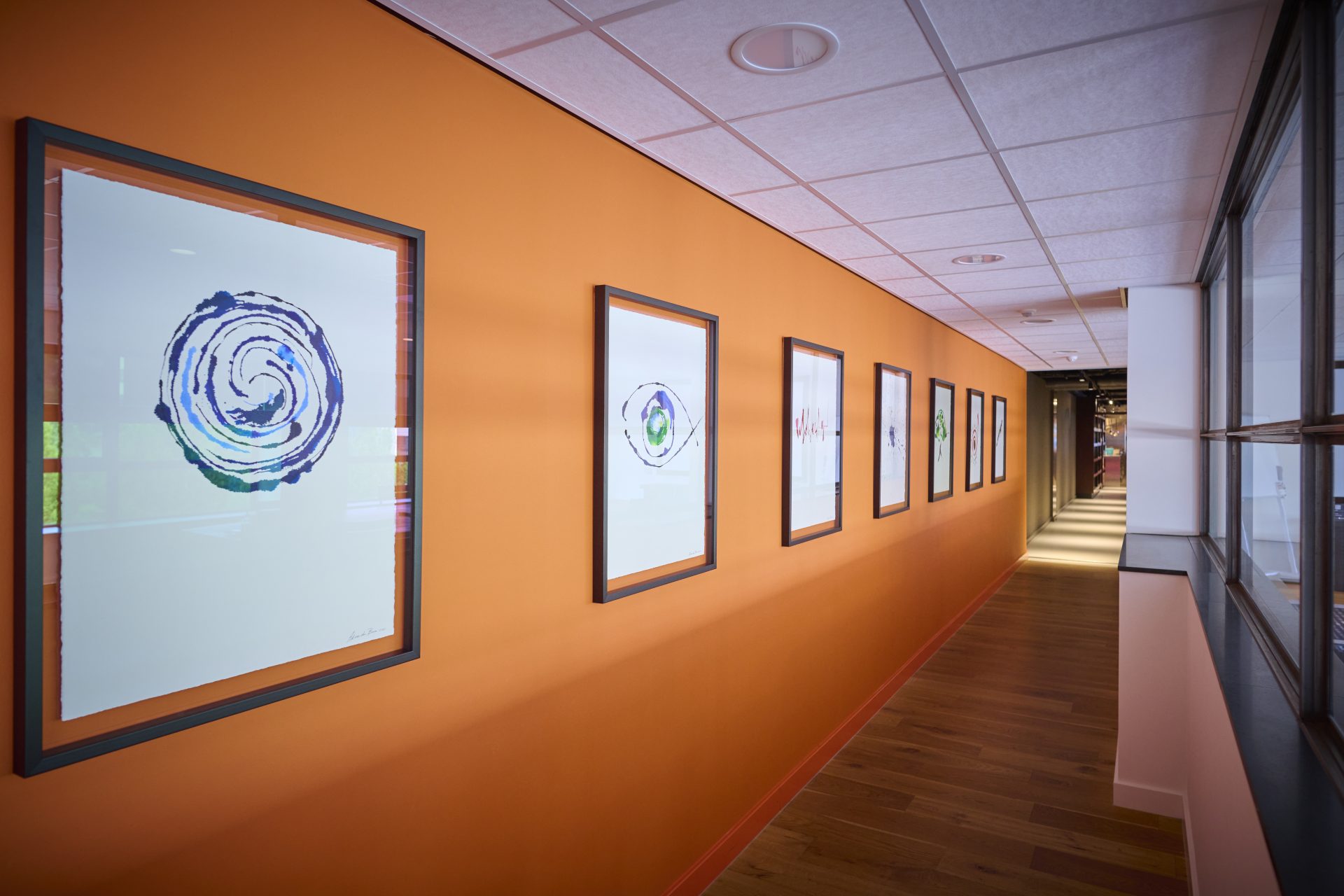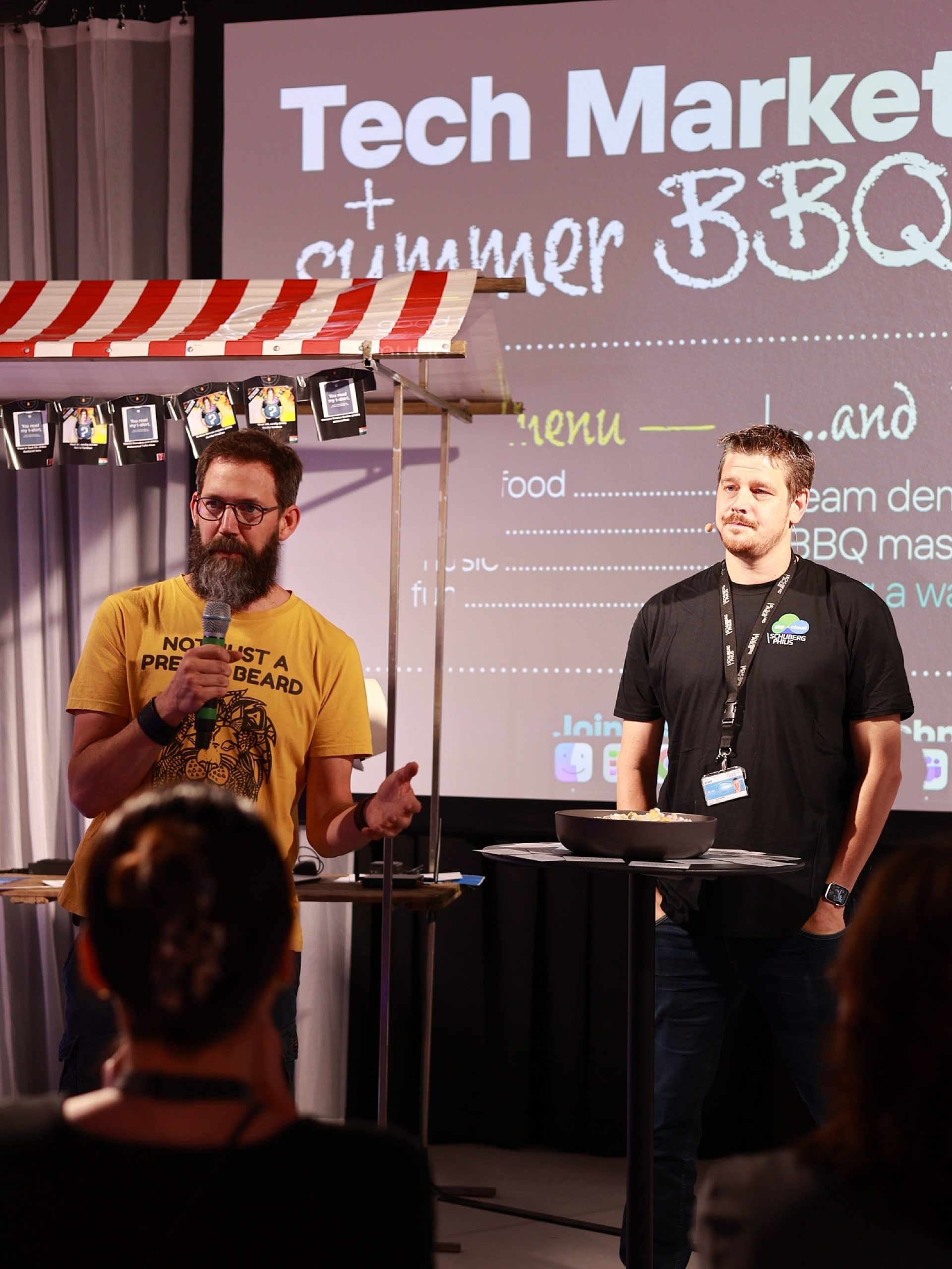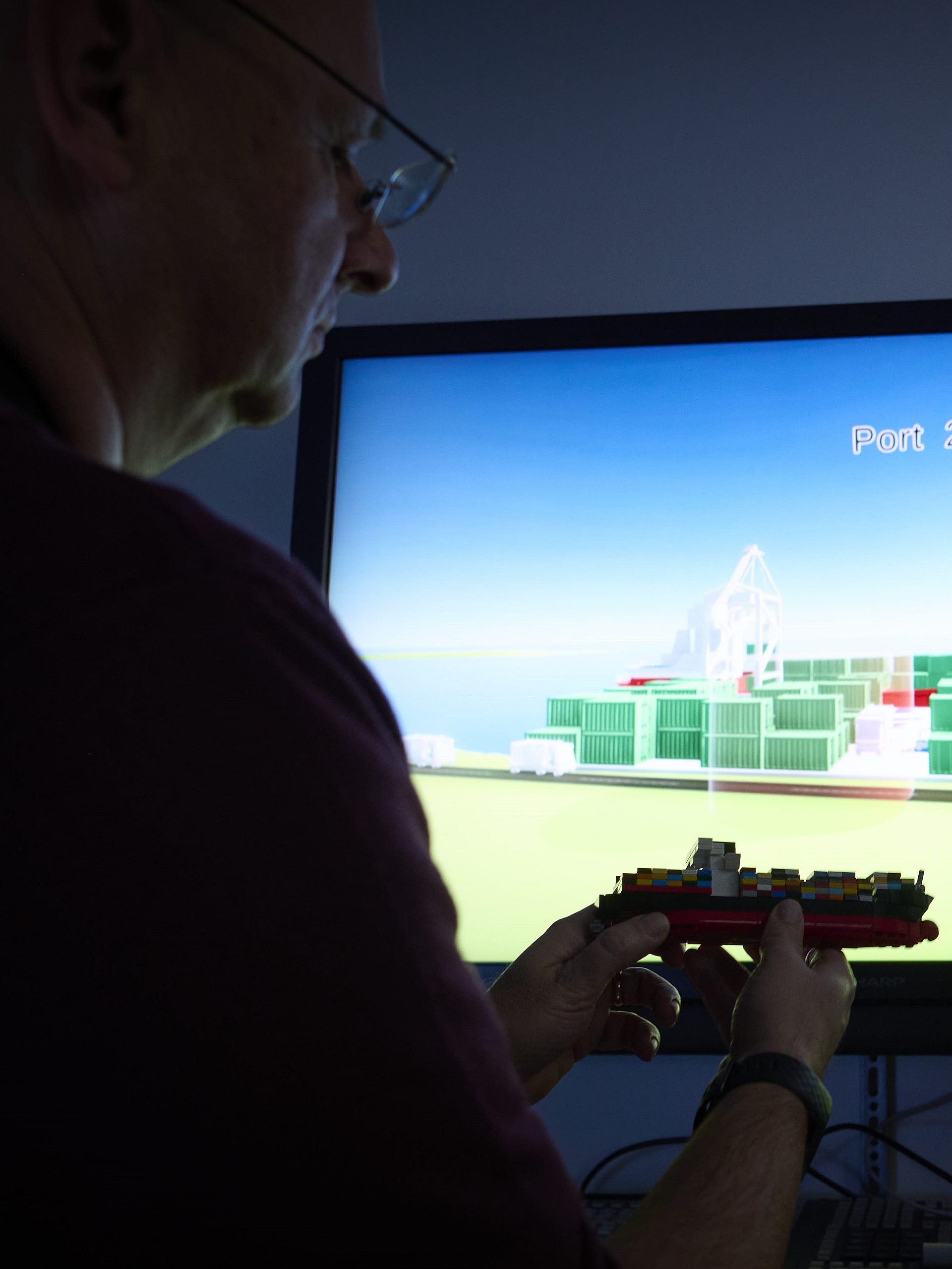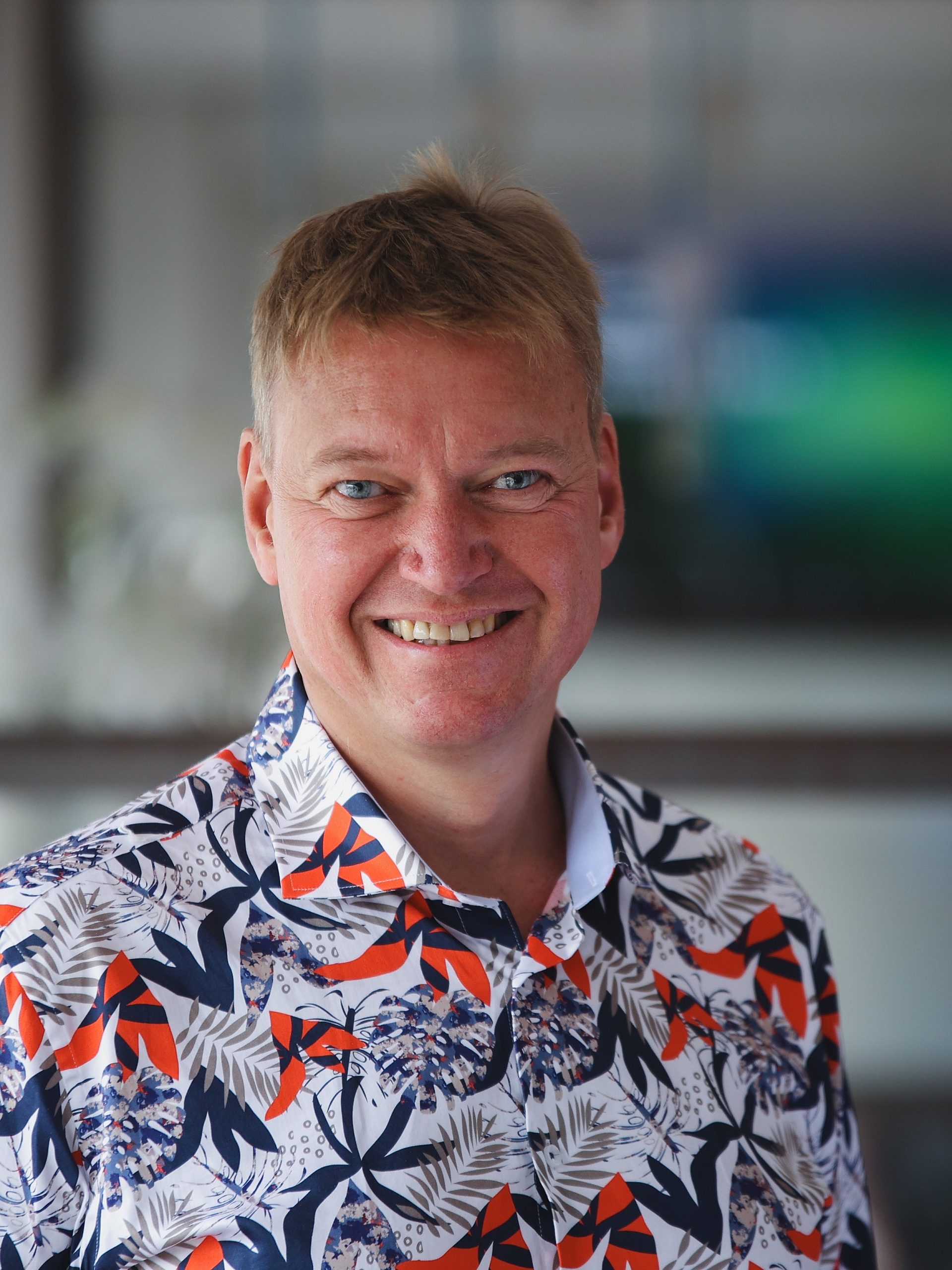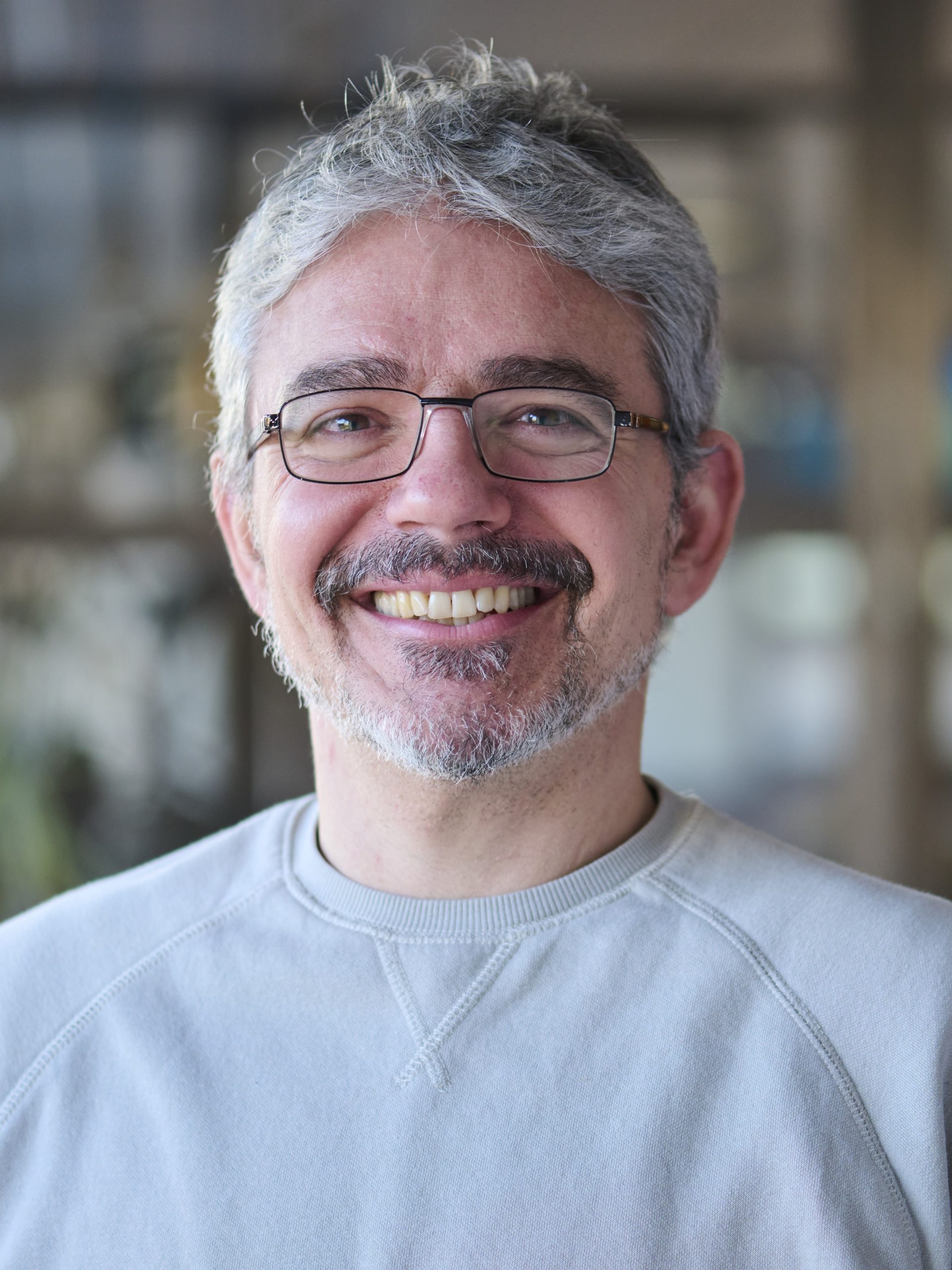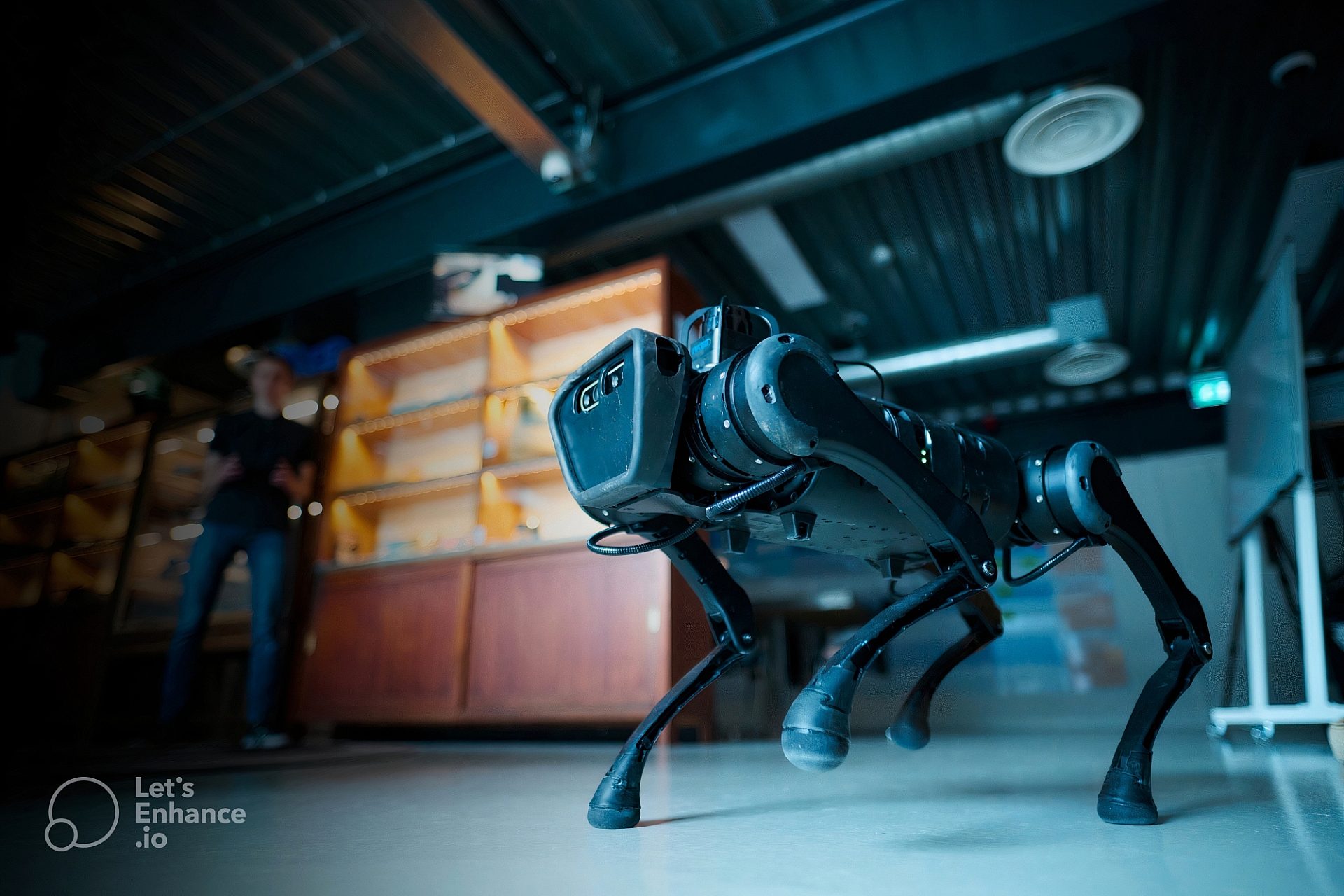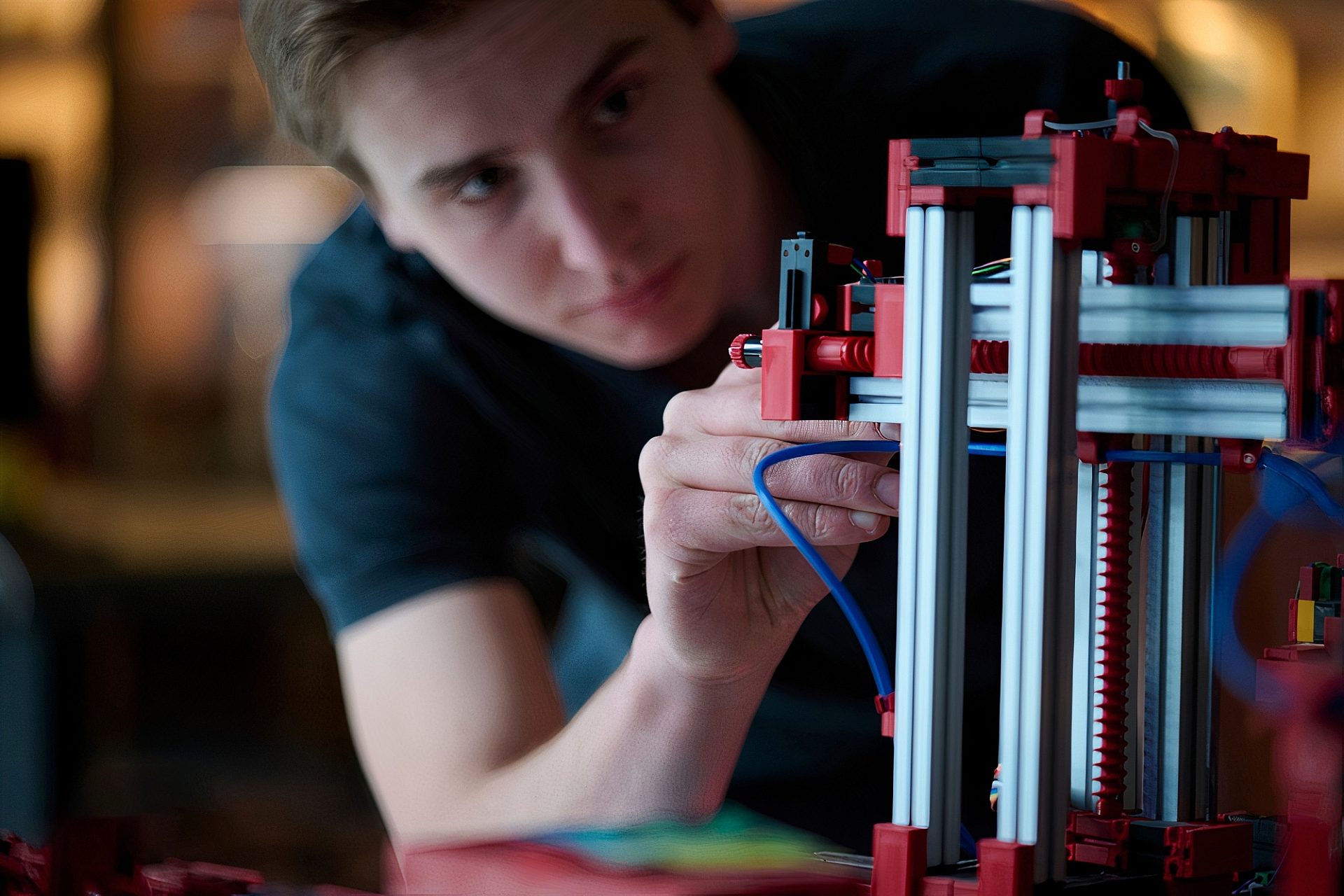Making technologies tangible
All these activities – and the mindset that goes with them – are being developed in the new Schuberg Philis “Lab271.” This is a setting in which there is less risk aversion than there has been in the past. The CIO and CTO talk about a combination of competencies, daring, and what they call fearless learning. In the new space to be set up for this purpose at Schuberg Philis’s headquarters, new and complex technologies will be made tangible. One example is the miniature factory. Another is a small-scale model of autonomous vehicles and other devices.
Ilja Heitlager: “The idea for each use case is: What can we forget, and what can we learn? And then, based on experiments and the accumulation of experiences, we can make progress. This is fundamentally different from traditional outsourcing, where you have to reassure the customer in advance that everything will turn out all right. Here you can fail in the experimentation phase, and then adapt things to ensure ultimate success.”
Roeland Kuipers: “It’s about making steps as small as possible, and then quickly finding out whether they succeed. If they don’t, you keep analyzing them and making adjustments until they do. Truth be told, in the trial run we do for clients, we sometimes come up against things that we hadn’t taken account of in the design phase, such as limits on connectivity, as well as complexity and technological differences between and among production lines. We then take account of all of this, including in our work with partners.”
Design thinking
Lab271 is a combination of a “makerspace” and what is known as “the d.school,” which started at Stanford University in the United States, where the popular processes known as design thinking were born. That means taking the right steps and adopting the right mindset to come up with technology-driven solutions for the challenges facing people and businesses. This way of working is based on elements similar to those in Lean Startup: empathy (with the person or organization you are making something for), experimentation, and testing in the market. Any unconscious assumptions will always be validated during the development process.
Roeland Kuipers: “The emphasis is often on the full range of possibilities offered by a new technology: data, robotization, IoT, the cloud, machine learning, and other forms of artificial intelligence. That said, technology is not the issue, and should never be an end in itself. To create value, and not get bogged down in technological complexities, you have to make things small and manageable. It all starts with the question: What do you want to achieve for the business? And then you bring everything together that’s needed to make that happen.”
Ilja Heitlager: ”The beauty of Lab 271 is that the technical possibilities are endless. By doing experiments and combining elements – and possibly even creating a bit of chaos – you can get things going in a creative way. So the process is certainly bottom-up, even though by formulating the right objectives you’re also making it top-down. Our knowledge and expertise in large IT infrastructures help get things up and running. In everything that happens, it’s the final result and the customer’s 100% satisfaction that matter most.”
Business IT Translator
Within Lab271, Kuipers and Heitlager are working on a new concept that builds on design thinking; they call it the Business IT Translator. The basic idea is that, thanks to its knowledge and experience in large-scale, mission-critical environments, Schuberg Philis is uniquely placed to offer guidance and advice to both management and those running the day-to-day business at its partners, in how to make digital transformation happen. Our company’s role of strategic consultant is becoming more and more important here, rather than just that of implementation partner.
Ilja Heitlager: “In practice, the IT components in large organizations are still highly compartmentalized. This hampers the optimization of processes, and gets in the way of business innovation. Starting with the question ‘What do companies want to achieve with their strategy?’ allows us to determine the extent to which things need to change on the IT and technology fronts. We’re looking for that sweet spot between planning, strategy, and execution: a combination of strategic thinking and a good feel for technology.”
Roeland Kuipers: “Here at Schuberg Philis, we’re becoming more and more of a presence in this field. As we said a few minutes ago, we work with executives, business analysts, and IT departments to find new sources of value, either with or without the support of specialized professional partners. We have already achieved results in this area for clients like this global beer brand, and we can now quickly test and keep developing new initiatives at Lab271, by combining a systematic approach with agility, and bringing technology and business closer and closer together.”








